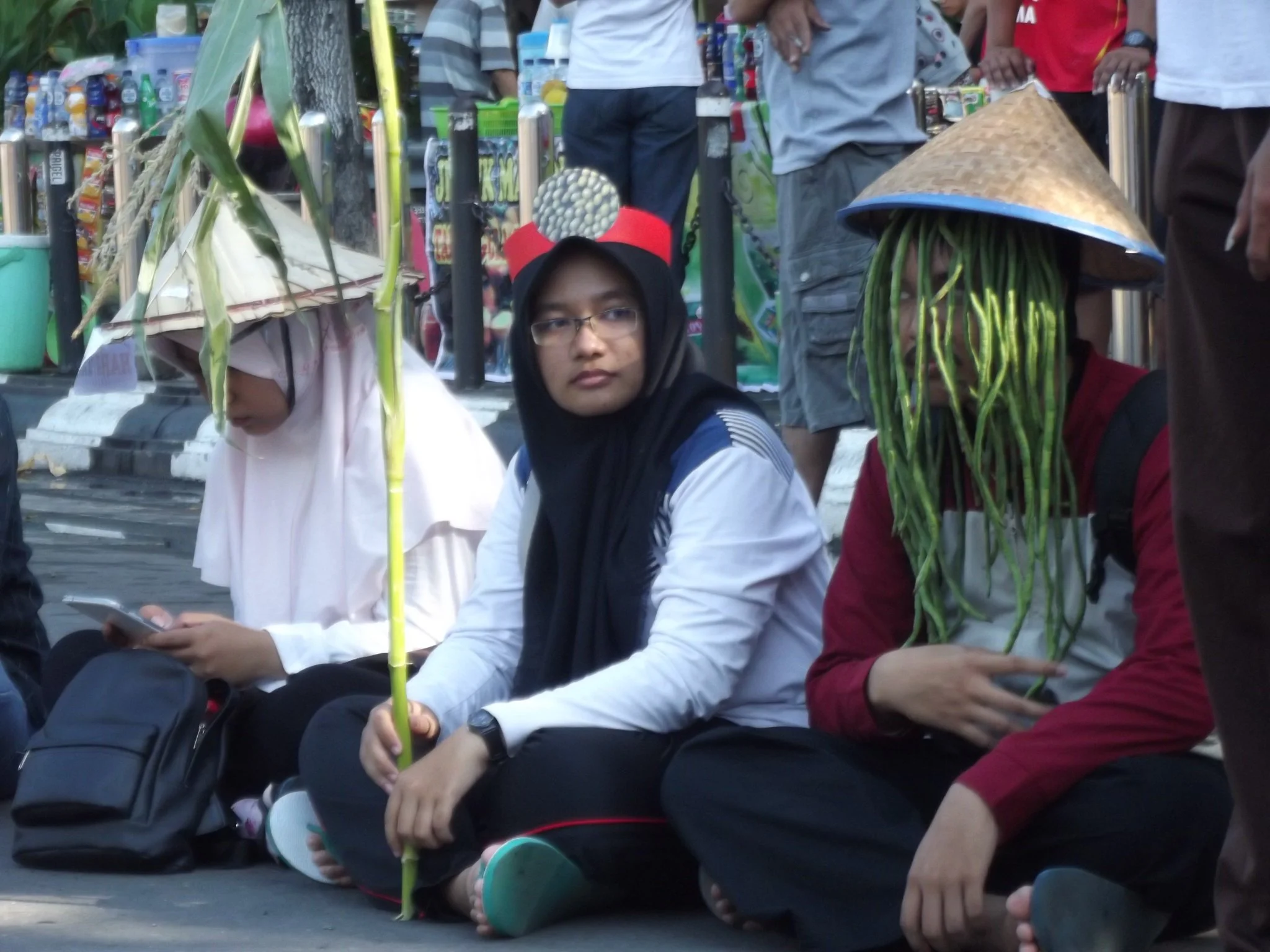The theme
2019WDCD will be celebrated under the theme of 25 years of implementation of the Convention and beyond, focusing on the path the Convention has taken, and the future the Convention could bringt.
The past 25 years
Since its adoption in 1994, UNCCD has contributed to the advancement of sustainable land management. Today, its 197 Parties implement the Convention under coordinated and results-oriented actions with clear targets to recover and restore degraded land. The end goal is to protect our land, from over-use and drought, so it can continue to provide us all with food, water and energy.
There are clear evidences of recovery and restoration of degraded landscapes through sustainable land management (SLM) practices over these years. For example, over five million hectares of degraded land in the Sahel region have been restored through a practice known as ‘farmer-managed natural regeneration’, producing additional half a million tons of grain each year. Re-introduction of Agroforestry increased trees on farms worldwide, most notably in Brazil, Indonesia, China, and India.
Still, much more needs to be done - and sooner rather than later. The current pressures on land are enormous and expected to continue growing. Nearly 170 countries continue to be affected by desertification, land degradation or drought. The recurrent and growing threats of forest fires, heatwaves, mass migrations, flash floods, sea-level rise and food and water insecurity are more evident.
The next 25 years
The importance and urgency of addressing these challenges are more widely recognized than it was two decades ago as shown in the adoption of achieving land degradation neutrality as one of the Sustainable Development Goals.
2030 will be a significant milestone for achieving land degradation neutrality as one of the Sustainable Development Goals. But it is a stepping stone towards a true land-based sustainable future. By achieving land degradation neutrality, we would have more land available for further sustainable development. What becomes more important, then, will be to generate and sustain fundamental and sustainable positive change by keeping the productive land productive.
As an international agreement on good land stewardship, the Convention must move forward to achieving land degradation neutrality by 2030 and dive into the world beyond 2030 where land degradation neutrality ensures an enabling environment for people, communities and countries to create wealth, grow economies and secure enough food, clean water and energy. Towards this ambition, the Parties to the Convention are taking concrete steps. These steps include tackling of the root causes of instability in Africa (3S Initiative); developing comprehensive national plans for drought management; and restoring Africa’s degraded landscapes at massive scale (Great Green Wall Initiative).
Key messages
As the world has become more and more fragile against the effect of a changing climate, the Convention must grow, and be recognized as the authority and leader on achieving Land Degradation Neutrality (LDN) and leveraging LDN as a stepping stone towards true land-based sustainable development beyond 2030.
The 197 Parties to the Convention renews their commitment to good land stewardship that helps people, communities and countries create wealth, grow economies and secure enough food, clean water and energy by ensuring land users an enabling environment for sustainable land management.
Sustainable land management is everyone’s business. Together, we can restore the productivity of over 2 billion hectares of degraded land and improve the livelihoods of more than 1.3 billion people around the world.
The slogan
Let's grow the future together!!
Kindly contact us with any questions and partnership ideas
About the Convention
Established in 1994, the United Nations Convention to Combat Desertification (UNCCD) is the sole legally binding international agreement linking environment and development to sustainable land management. The Convention addresses specifically the arid, semi-arid and dry sub-humid areas, known as the drylands, where some of the most vulnerable ecosystems and peoples can be found.
The new UNCCD 2018-2030 Strategic Framework is the most comprehensive global commitment to achieve Land Degradation Neutrality (LDN) in order to restore the productivity of vast expanses of degraded land, improve the livelihoods of more than 1.3 billion people, and reduce the impacts of drought on vulnerable populations to build
A future that avoids, minimizes, and reverses desertification/land degradation and mitigates the effects of drought in affected areas at all levels ... to achieve a land degradation-neutral world consistent with the 2030 Agenda for Sustainable Development
The Convention’s 197 parties work together to improve the living conditions for people in drylands, to maintain and restore land and soil productivity, and to mitigate the effects of drought. The UNCCD is particularly committed to a bottom-up approach, encouraging the participation of local people in combating desertification and land degradation. The UNCCD secretariat facilitates cooperation between developed and developing countries, particularly around knowledge and technology transfer for sustainable land management.
As the dynamics of land, climate and biodiversity are intimately connected, the UNCCD collaborates closely with the other two Rio Conventions; the Convention on Biological Diversity (CBD) and the United Nations Framework Convention on Climate Change (UNFCCC), to meet these complex challenges with an integrated approach and the best possible use of natural resources.








